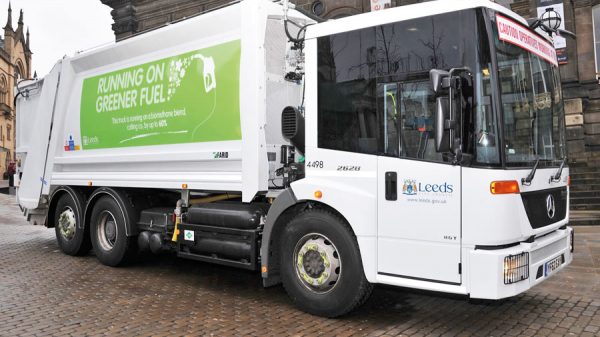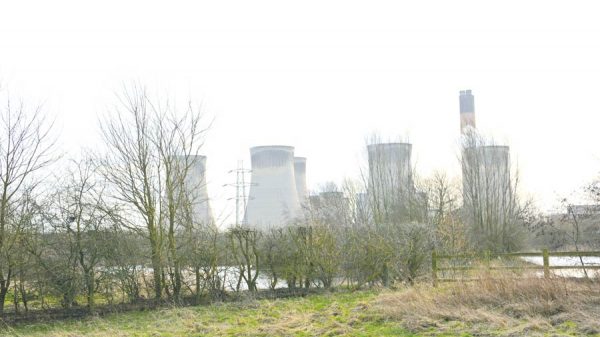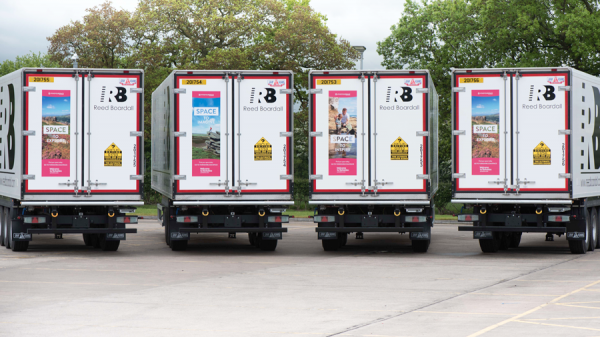Biodiversity in the Yorkshire Dales is expected to flourish, thanks to a donation from Tarmac which means small fry have the chance of growing into big fish.
If the native trout are flourishing, so too are other wild species such as kingfishers, herons and otters, according to a leading wildlife expert.
“It’s a real mark of a healthy river system,” says Professor Jonathan Grey, of Lancaster University, and Research and Conservation Officer for the Wild Trout Trust. “If we get the habitat right, everything benefits and gets the chance to flourish.”
Professor Grey said straightened river courses – often the result of modern agriculture methods, roads and railway lines, and industry – have altered the flow of rivers and streams, making them steeper and faster. This, in turn, affects the habitat in which trout lay their eggs, restricting the viability of the young fry in the early stages of their lives.
But, sometimes, the simplest solutions are the best: introduce man-made ways of restoring the rivers and streams to improve the habitat.
Tarmac has donated 30 tonnes of gravel which was used to build up parts of the river at Halton Gill specifically for trout spawning habitat. This has led to remarkable results and now Professor Grey and his team are surveying the trout population at Haw Beck, which runs alongside the company’s Skipton Quarry.
Professor Grey, with additional support from the Yorkshire Water Biodiversity Enhancement Fund for a project called TROUT (Tackling Resilience on Underperforming Tributaries), says he is already seeing success.
“Introducing gravel to another site at Dauber Gill on the Nidd has demonstrated a 227% increase in trout production, and that success is what has spurred us on to try the same approach at Halton Gill. So, even these relatively modest projects can have a big impact,” he said.
“Haw Beck that runs through the Skipton Quarry site could potentially be good spawning habitat for trout, which will also help other species, including kingfishers, heron and otters. As an ecologist, it is fantastic news.
“As well as introducing gravel, other improvements will eventually include using woody material, small barrier removal, and tree planting along exposed sections.
“I have protected the beck for 500 metres upstream of the Tarmac site and planted around 1,000 trees so the extent of protected waterway has already been increased.
“Monitoring to date has shown potential for the trout population to increase by removing the bottlenecks on spawning habitat. The number of small fish – in the 60 to 70-millimetre category which are young trout in their first year of growth – is well up on last year, as a combined result of the work we have done and a better winter for spawning across Yorkshire.”
Paul Parker, unit manager at Tarmac’s Skipton Quarry, said: “Sustainability is at the forefront of everything we do at Tarmac, and it’s rewarding to see that a simple donation of one of our many products might make a significant difference to the biodiversity of the area.”
The TROUT project encompasses nine waterbodies, three on each of the Aire (including Haw Beck), Wharfe, and Nidd.







